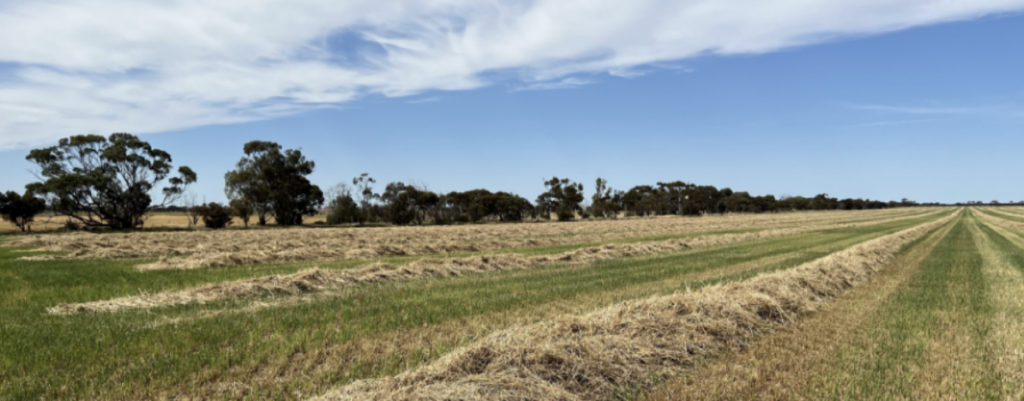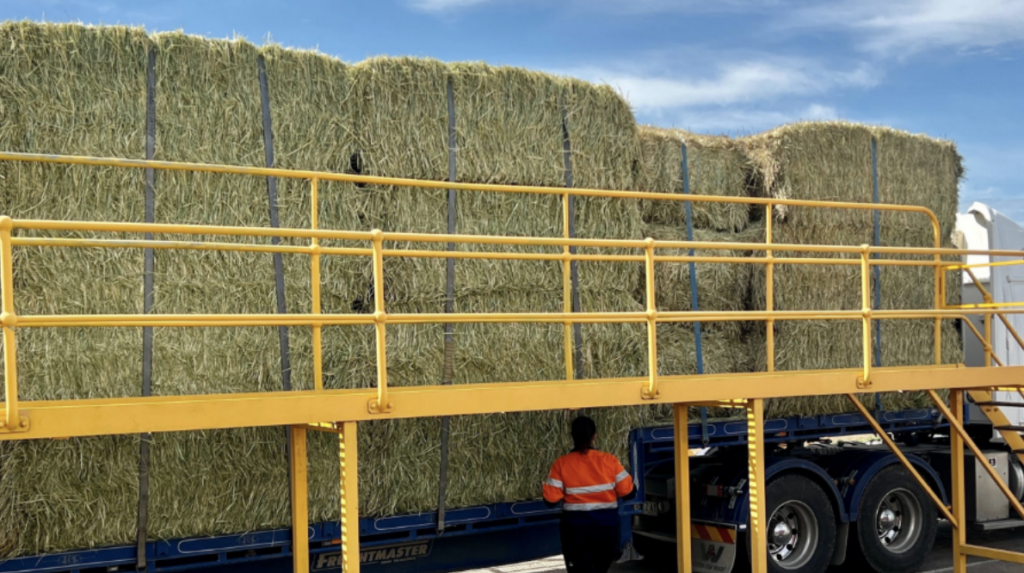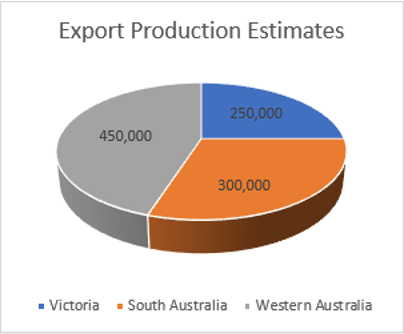Basis Commodities – Australian Hay Update – Friday 16th December 2022

The Australian hay season has been summarised to date as two sides of a coin. East coast and Southern states hay received significant untimely weather over the course of the growing season which has pushed yields higher but downgraded quality reducing the export options. On the other side of the coin, in Western Australia, the season has been exemplary, producing high-quality hay suitable for the export market.
In a typical season, Australia will produce approximately 12 million metric tonnes of oaten hay and of this, 1.2 million metric tonnes are suitable for export. Over the past two years, with the impacts of Covid, equipment availability and ocean freight rates have made it prohibitive to export Australian hay into the Middle Eastern market. We are seeing relief, however with ocean freight lines softening freight rates by quarter 1 / quarter 2 of 2023. Freight rates are expected to reduce by 10 to 15% for the European/Persian Gulf trade lanes.

The states for hay production in Australia are primarily New South Wales, Victoria, South Australia and Western Australia with the majority of exports leaving from Melbourne, Adelaide, and Fremantle Ports. New South Wales and Victorian production play a larger part in the domestic markets with the population density and the majority of livestock managed in the eastern states. South Australia and Western Australia however have a lower domestic demand but across the two states, they produce approximately 75% of the exportable crop hence they are critical for Australia’s exports to international markets.

In an average season, Australia will export 450 thousand metric tonnes of oaten hay to Japan, 300 thousand metric tonnes to Korea, and 100 thousand metric tonnes to Taiwan, and despite the licensing restrictions, there are still approximately 100 thousand metric tonnes heading into China. With the challenging seasons on the east coast and south of Australia, demand for the high-quality Western Australian oaten hay will be strong and prices will remain firm for the new season.
The Middle Eastern dairy industry has substituted between European origin oaten hay with different grass types from Sudan coupled with US alfalfa. With quality concerns of the Australian season thus far, there will still be an exportable surplus to go into the Middle East from Q2 of 2023 onwards.

Basis Commodities work closely with Balco Australia to export Australian hay into the Middle East. For more information on Balco Australia and its operations, watch this short 1.41 minute video.
Importers are encouraged to speak with Basis Commodities about their requirements so a profile can be created to program deliveries without disruption with Balco Australia.
Please contact Nader Hassan or Steven Foote, who are available to support any fodder needs for the season.
Steven Foote
Sydney, Australia
M:
0408 308 908
E:
steven@basiscommodities.com
Nader Hassan
Dubai, UAE
M:
+971566915688
E:
nader@basiscommodities.com
Sign up for our mailing list.
If you’d like to be added to our mailing list and receive these updates direct to your inbox each month, email info@basiscommodities.com with your name and email address.
The post Basis Commodities – Australian Hay Update – Friday 16th December 2022 appeared first on Basis Commodities.
Share This Article
Other articles you may like
Sign Up
Enter your email address below to sign up to the Basis Commodities newsletter.






